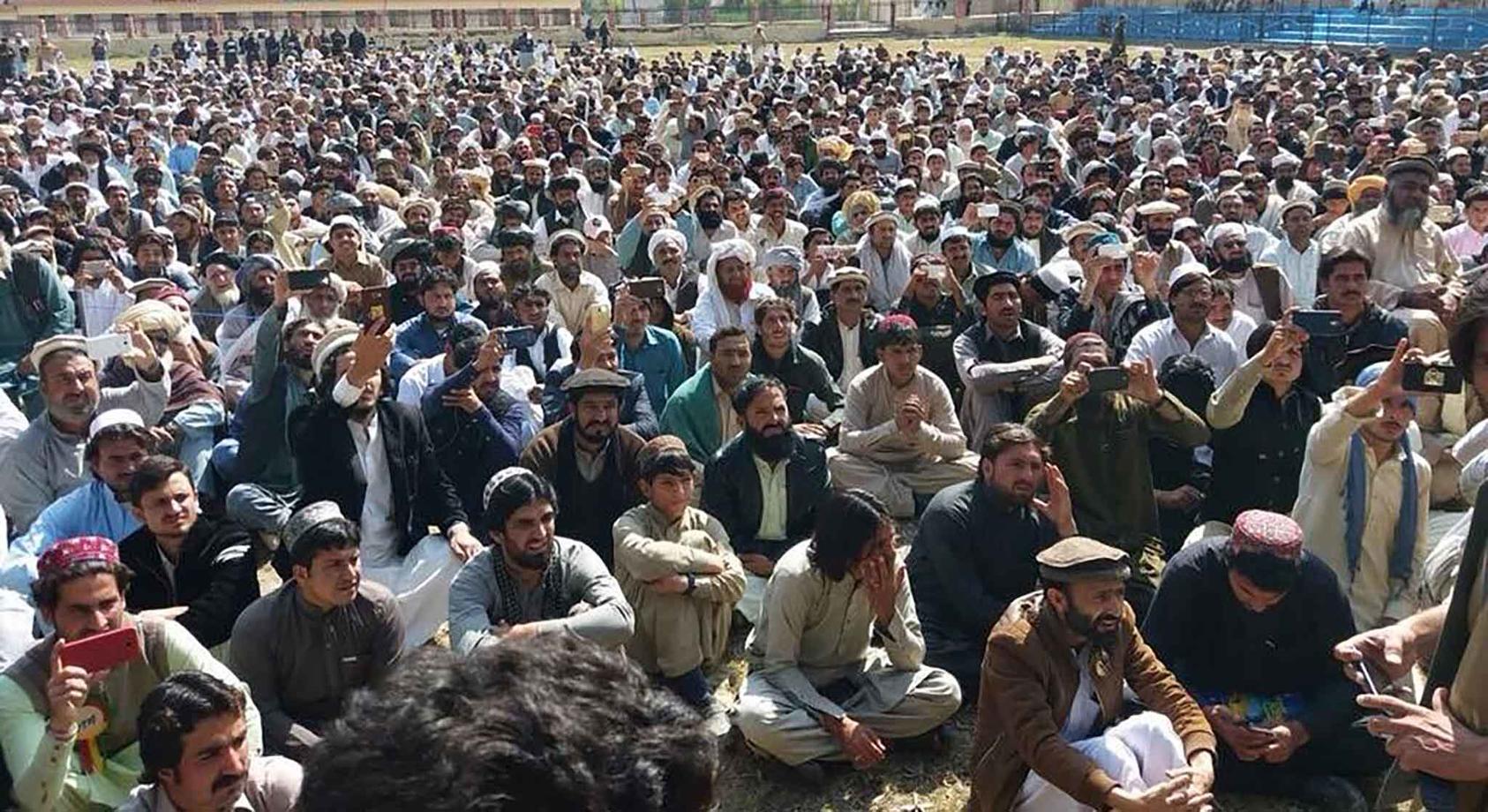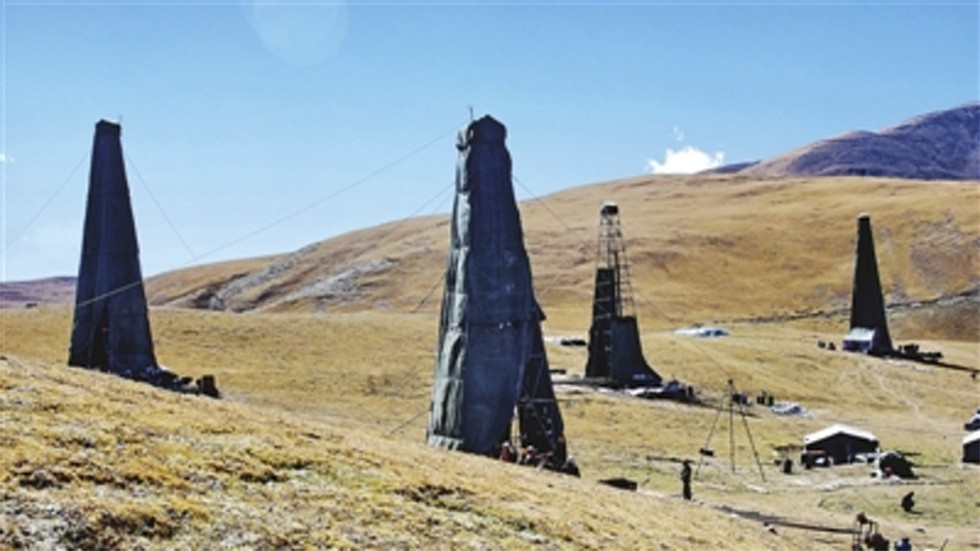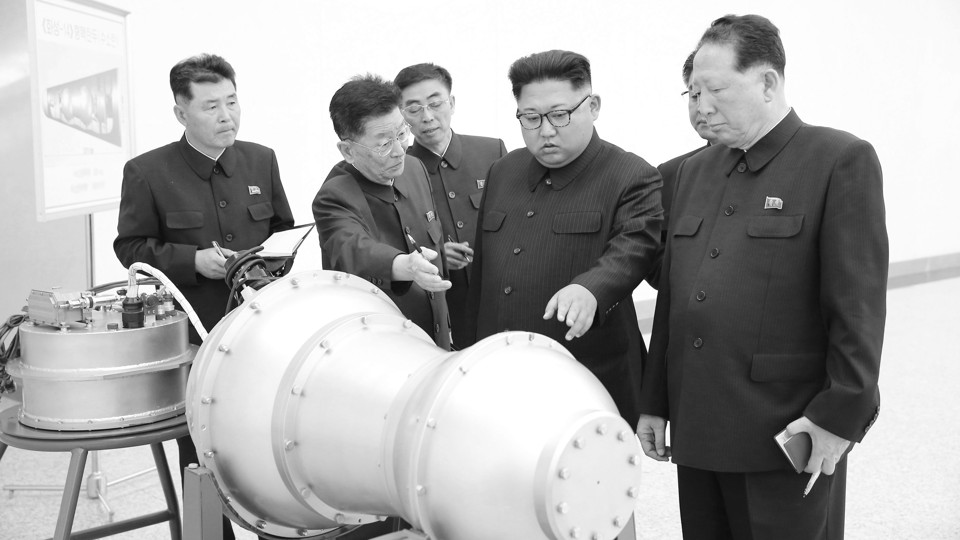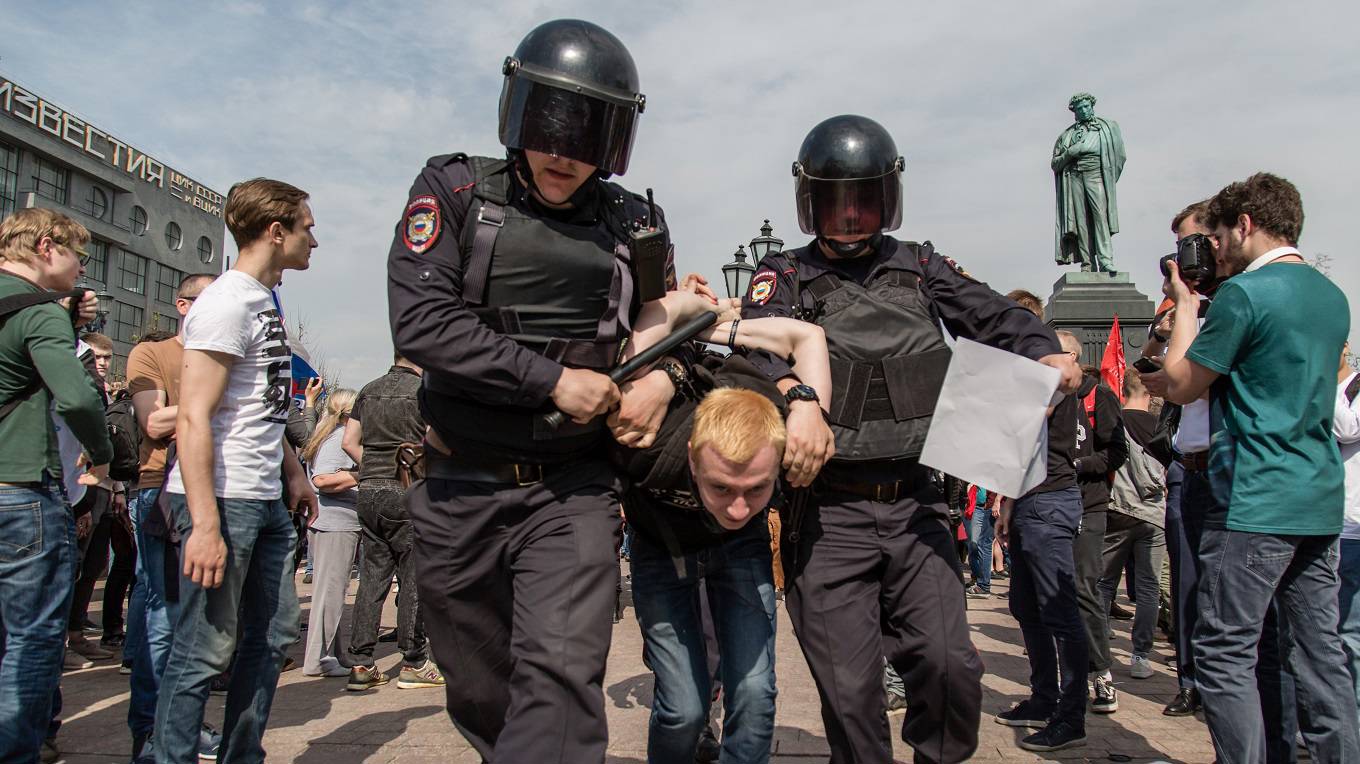Arvind Gupta
 Prime Minister Modi has shown remarkable innovativeness in foreign policy arena recently. This shows that he is cognisant of the challenges for India that are looming ahead. The ‘informal summit’ with Xi Jinping in April 2018 was an attempt to arrest the slide in Sino-Indian relations which had manifested in the 2017 Doklam stand-off between the Indian Army and the People’s Liberation Army (PLA). Prime Minister Modi held yet another ‘informal summit’ with Russian President Putin in Sochi in May to keep the Indo-Russian relations on the positive trajectory. Russia has been concerned about India’s tilt towards the Americans particularly after the revival of the Quadrilateral Grouping, or the ‘QUAD’. He visited Nepal within a month of the visit of Nepalese Prime Minister Oli to India. The meeting between the two prime ministers was to put Indo-Nepal relations back on the rails after the knocks that they took during Prime Minister Oli’s earlier tenure.
Prime Minister Modi has shown remarkable innovativeness in foreign policy arena recently. This shows that he is cognisant of the challenges for India that are looming ahead. The ‘informal summit’ with Xi Jinping in April 2018 was an attempt to arrest the slide in Sino-Indian relations which had manifested in the 2017 Doklam stand-off between the Indian Army and the People’s Liberation Army (PLA). Prime Minister Modi held yet another ‘informal summit’ with Russian President Putin in Sochi in May to keep the Indo-Russian relations on the positive trajectory. Russia has been concerned about India’s tilt towards the Americans particularly after the revival of the Quadrilateral Grouping, or the ‘QUAD’. He visited Nepal within a month of the visit of Nepalese Prime Minister Oli to India. The meeting between the two prime ministers was to put Indo-Nepal relations back on the rails after the knocks that they took during Prime Minister Oli’s earlier tenure.











/arc-anglerfish-arc2-prod-mco.s3.amazonaws.com/public/VI6L4XAGUVBU5BDIQHNTRJQ4AQ.jpg)